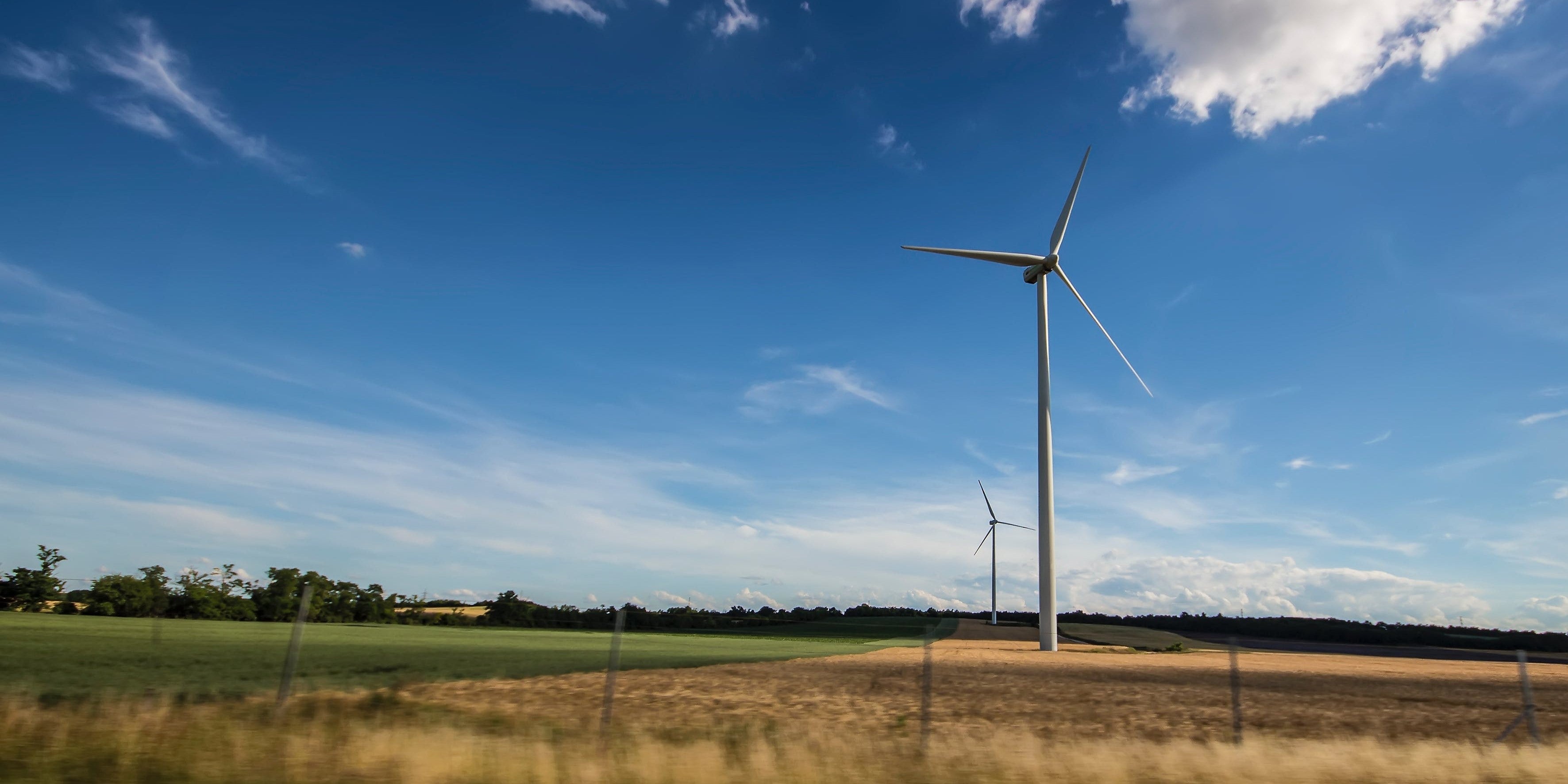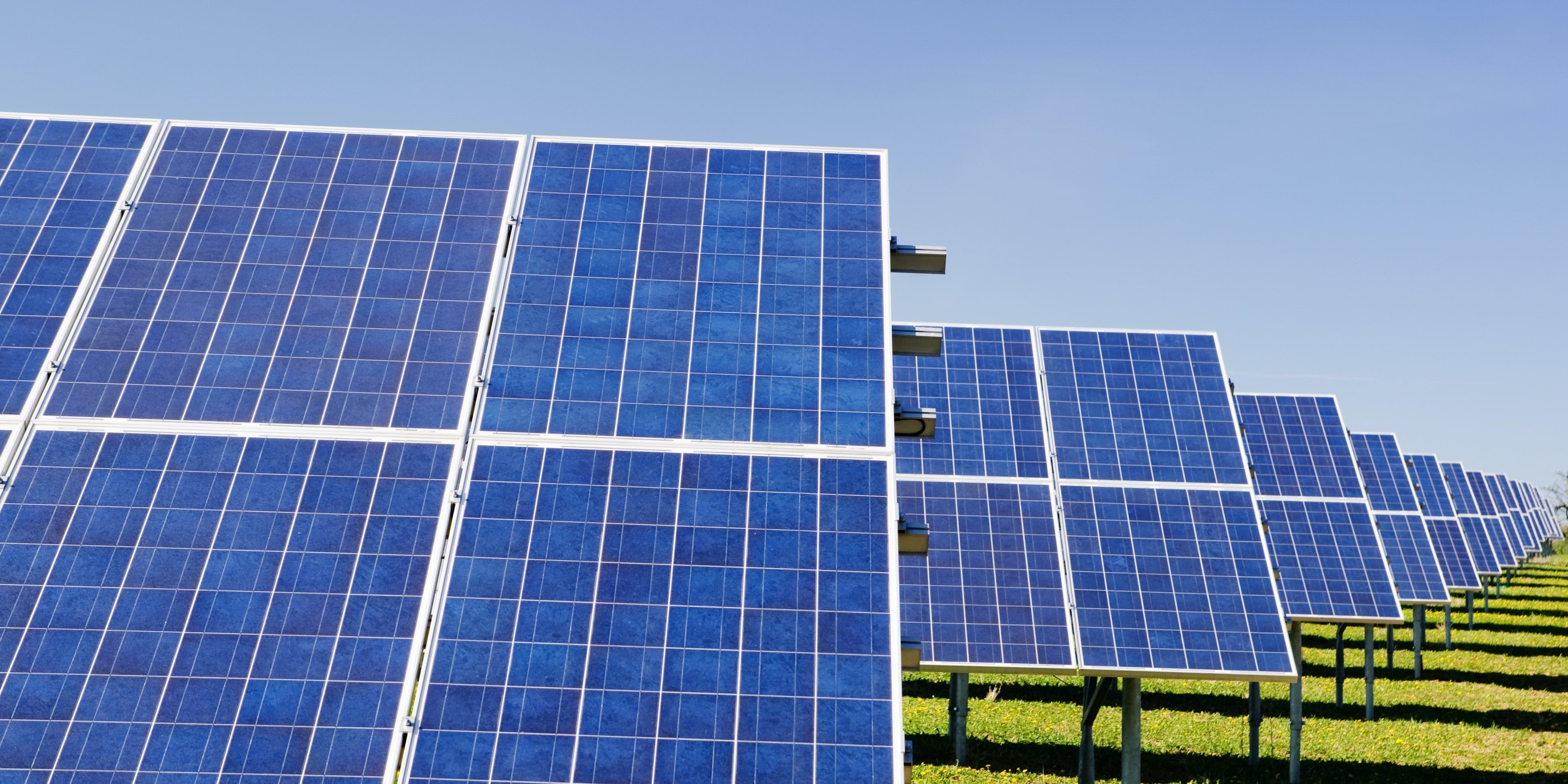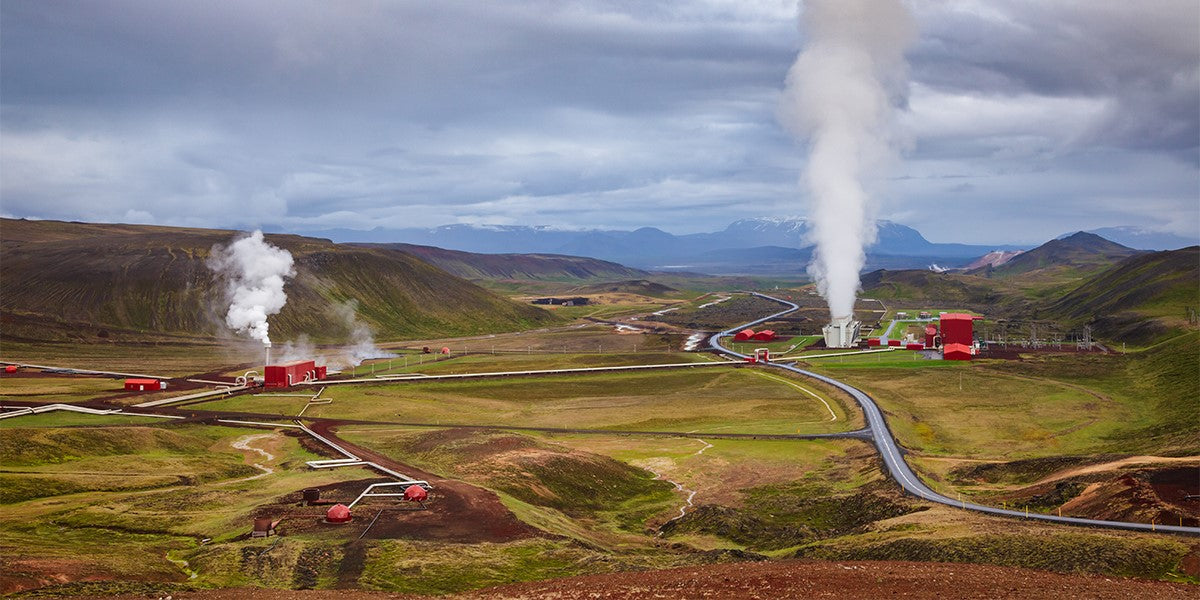This may sound like a ridiculous question. Of course, we need sustainable energy. Every single discussion about climate change typically starts with either sustainable or renewable energy sources. And yes – these are different. At least theoretically. How?
Now, that’s a question.
Before we answer it, let’s first address the elephant in the room. The exact opposite – the reason we’re in this mess called the energy crisis in the first place. It’s the dependency on fossil fuels, an entirely non-renewable resource. That, simply put, means that once we scratch the bottom of the barrel, that’s it. No more left.
We’ve already discussed sustainability at length, covering the ins and outs of the idea, as well as its very origins.
By now, we should all understand how vital it is for preserving life on Earth. We are much more aware than before and so is the market.
All these products – from stone bath mat range to bamboo bath towels and organic cotton towels – they serve a purpose. So does sustainable clothing and reclaimed wood furniture.
Plastic-free lifestyle and zero-emission initiatives. It’s about minimising the environmental impact wherever we can.
But what does it mean in the context of energy?
What Is Sustainable Energy?
To keep things short and sweet – it’s an inexhaustible kind of energy. At least theoretically.
The kind that has the power to sustain the energy needs of the entire society now without compromising the needs of the future generations. That’s what makes it different from renewable energy resources, by the way.
Sustainable energy is also eco-friendly with no or very little impact on the environment or climate change. Moreover, it’s completely free, more often than not.
Sounds like the remedy to all our problems, doesn’t it?
So, what’s the problem? While the energy itself might be free, designing and creating methods for capturing it is anything but…
Let’s use a very simple example – wind energy. Of course, it’s free. It can be unpredictable in certain parts of the world, but free nonetheless.
However, in order to effectively use the energy wind produces, we need special tools and typically – heavy-duty equipment. Sun, water and earth are no different.
Here’s another little conundrum – are these tools made from sustainable materials? What if they break? How do we go about managing the waste they may produce? These questions are yet to be answered.
That’s probably part of the reason why we don’t see that many of these solutions around the world. It’s definitely a growing sector, no doubt, but there’s still plenty of room for improvement.
Renewable Energy Sources
We said that sustainable energy doesn’t need to be replenished. What about renewable energy? Is solar energy renewable or sustainable then?
It’s actually both – the difference between the two is really marginal.
A wind farm is a solution to produce energy through a renewable energy source, but if it affects the environment around it, wildlife or landscape, it’s not sustainable anymore.
So, it’s not just about the source, it’s about the set of practices as well as the way of thinking.
Renewable energy is also replenished naturally, it can never run out. It serves as a more environmentally friendly alternative to fossil fuels, coal, oil and other non-renewable sources.
It includes solar, wind, biomass, geothermal and hydropower. On a theoretical level, it doesn’t necessarily encompass the idea of the environmental impact of these solutions in the way that sustainability as a concept does.
Now with all that out the way, let’s take a look at things from a more practical perspective.
Types of Renewable Energy Sources
We’ve already addressed the most important types but let’s elaborate a little to get a better understanding of how these sources are transformed into actual, tangible and usable energy.
1. Hydropower
Starting with the world’s biggest renewable energy source, used in some of the largest countries around the globe including China, the US, Canada and Brazil.
By far, the most popular solution employed to harness the power of water flow is building dams.
There are also several innovative projects that aim at utilizing tidal power and marine water. So far, they’ve been responsible for less than 1% of all the renewables.
This may not sound like much, but the potential is great and we’re already making big strides in that department.

For now, dams are definitely taking the reign. For all their advantages, they’re typically not an ideal solution.
They require a lot of space and resources, may disrupt ecosystems and in many cases - cause displacement of local communities.
There’s also an issue of silt buildup and dependence on water availability. Unfortunately, drought can cause a lot of damage in more ways than one.
2. Wind
The best way to capture this natural resource and turn it into usable energy is through wind turbines.
This one has been around for quite some time but still sparks a lively debate. A lot of critics point out they’re terribly noisy and ruin the view.
While both these arguments may be true, wind energy is still too valuable to completely disregard it.

Prices are going down and we see an increasing number of new projects – especially off-shore ones.
Of course, there same issues are still there – maintenance is not exactly cheap or easy, and they’re a serious threat to bats and birds with thousands of them dying on impact.
3. Solar
The undisputed king of solar energy solutions is a Photo Voltaic (PV) power stations, known more commonly as Solar Farms.
Becoming increasingly popular worldwide to reduce energy costs for many households, many are making the switch to solar power through rooftop panels.
It’s simple – they turn sunlight into electricity. The advantages are plain to see, but what about the issues?

The most glaringly obvious one is the weather dependency. The thing is there are places on Earth where there’s sun every day – and lots of it.
They, however, tend to have less water, which is crucial for cooling and temperature control – at least for now. There’s also a question of used materials, which, unlike sunlight, are non-renewable and often sourced in an unethical manner.
4. Geothermal
It’s a new hit of recent years, with plenty of advocates around the world.
Geothermal energy is a renewable source of power generated by harnessing the heat stored beneath the Earth's surface.
This heat originates from the Earth's core and is continuously produced through the natural radioactive decay of minerals.
Geothermal power plants utilize this heat by drilling deep wells into the Earth and extracting hot water or steam from geothermal reservoirs.
This energy is a clean and environmentally friendly option, producing minimal greenhouse gas emissions and providing a reliable source of power, making it a promising contributor to the world's energy needs.

Large-scale installations are still not that widespread, but we’ve seen a huge increase in popularity among homeowners. They use small heat pumps for heating and cooling.
Unlike solar or wind energy, this one’s not dependent on weather conditions. The issue of maintenance and replacement parts is still there though.
More Than Technological Solution
It’s a tough one. We definitely have to tread carefully and be wary of falling into the “green” trap.
We’ve seen it in our own industry where a towel, a T-shirt or an absorbent bath mat is technically made from organic cotton, but ultimately it often turns out it isn’t actually certified.
Here at Misona, sustainability is at the heart of the brand. We take pride in the eco-friendly practices we undergo, that takes our ribbed towels and mats from a seed in the ground, to laying beautifully on your bathroom floor.
We should always think if that trade-off makes any sense. PV panels have come under a lot of scrutiny lately due to waste management issues as well as the quality of the employed materials.
It’s clearly a complex issue and the stakes are very high, but we have to remember it’s not just about coming up with a new way of capturing energy, but a way of living.
It’s a certain kind of approach to life and existence. Sustainability should always determine our course. If we have that – we’ll be fine.
Yes, our solutions and technologies are imperfect for now, but huge improvements and big steps are being made every day. And that is already a win.
We have to carry on and believe we’ll finally crack the code.

